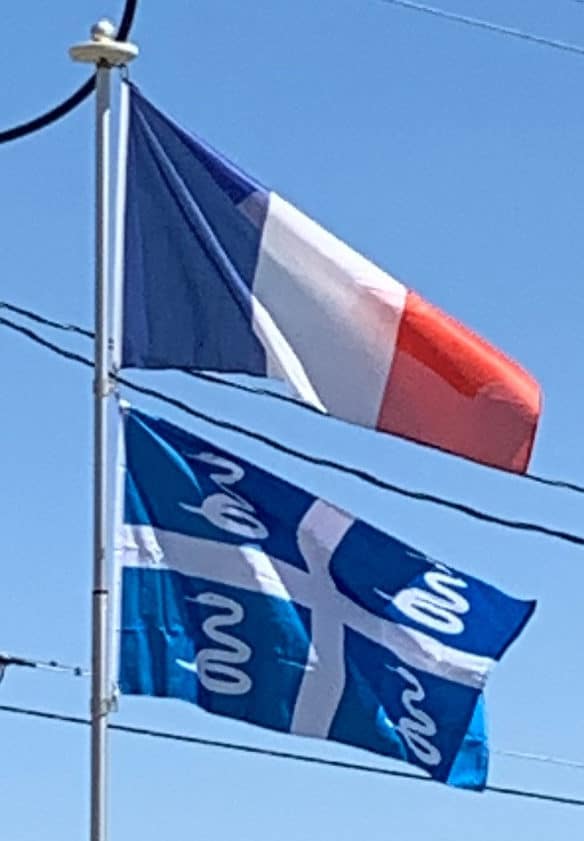Martinique was attacked or occupied several times by the British, including in 1693, 1759, 1762 and 1779.
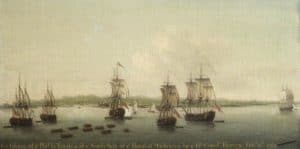
Excepting a period from 1802 to 1809 following signing of the Treaty of Amiens, Britain controlled the island for most of the time from 1794 to 1815, when it was traded back to France at the conclusion of the Napoleonic Wars. Martinique has remained a French possession since then.
Despite the introduction of successful coffee plantations in the 1720s, with Martinique being the first area in the Western hemisphere where coffee was introduced, as sugar prices declined in the early 1800s, the planter class lost political influence. Slave rebellions in 1789, 1815 and 1822, plus the campaigns of abolitionists such as Cyrille Bissette and Victor Schoelcher, persuaded the French government to end slavery in the French West Indies in 1848.
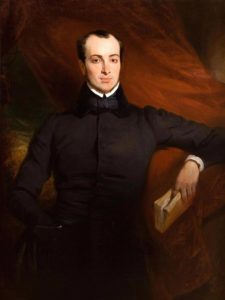
As a result, some plantation owners imported workers from India and China. Despite the abolition of slavery life scarcely improved for most Martinicans; class and racial tensions exploded into rioting in southern Martinique in 1870 following the arrest of Léopold Lubin, a black trader who retaliated after he was beaten by a Frenchman. After several deaths the revolt was crushed by French militia.
20th–21st Centuries:
On 8 May 1902, Mont Pelée erupted and completely destroyed St. Pierre, killing 30,000 people. Due to the eruption refugees from Martinique arrived in boats to the southern villages of Dominica with some remaining permanently on the island. In Martinique the only survivor in the town of Saint-Pierre, Auguste Cyparis, was saved by the thick walls of his prison cell. Shortly thereafter the capital shifted to Fort-de-France, where it remains today.
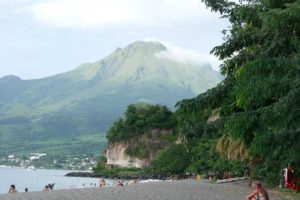
During WWII, the pro-Nazi Vichy government controlled Martinique under Admiral Georges Robert. German U-boats used Martinique for refueling and re-supply during the Battle of the Caribbean. In 1942, 182 ships were sunk in the Caribbean, dropping to 45 in 1943, and five in 1944. Free French forces took over on the island on Bastille Day, 14 July 1943.
In 1946 the French National Assembly voted unanimously to transform the colony into an Overseas Department of France. Meanwhile, the post-war period saw a growing campaign for full independence; a notable proponent of this was the author Aimé Césaire, who founded the Progressive Party of Martinique in the 1950s.
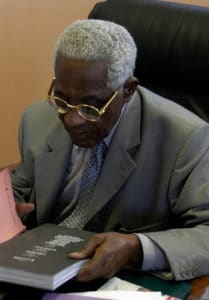
Tensions boiled over in December 1959 when riots broke out following a racially-charged altercation between two motorists, resulting in three deaths. In 1962, as a result of this and the global turn against colonialism, the strongly pro-independence OJAM (Organisation de la jeunesse anticolonialiste de le Martinque) was formed. Its leaders were later arrested by the French authorities, however they were later acquitted. Tensions rose again in 1974, when gendarmes shot dead two striking banana workers. However the independence movement lost steam as Martinique’s economy faltered in the 1970s, resulting in large scale emigration. Hurricanes in 1979-80 severely affected agricultural output, further straining the economy. Greater autonomy was granted by France to the island in the 1970s-80s.
